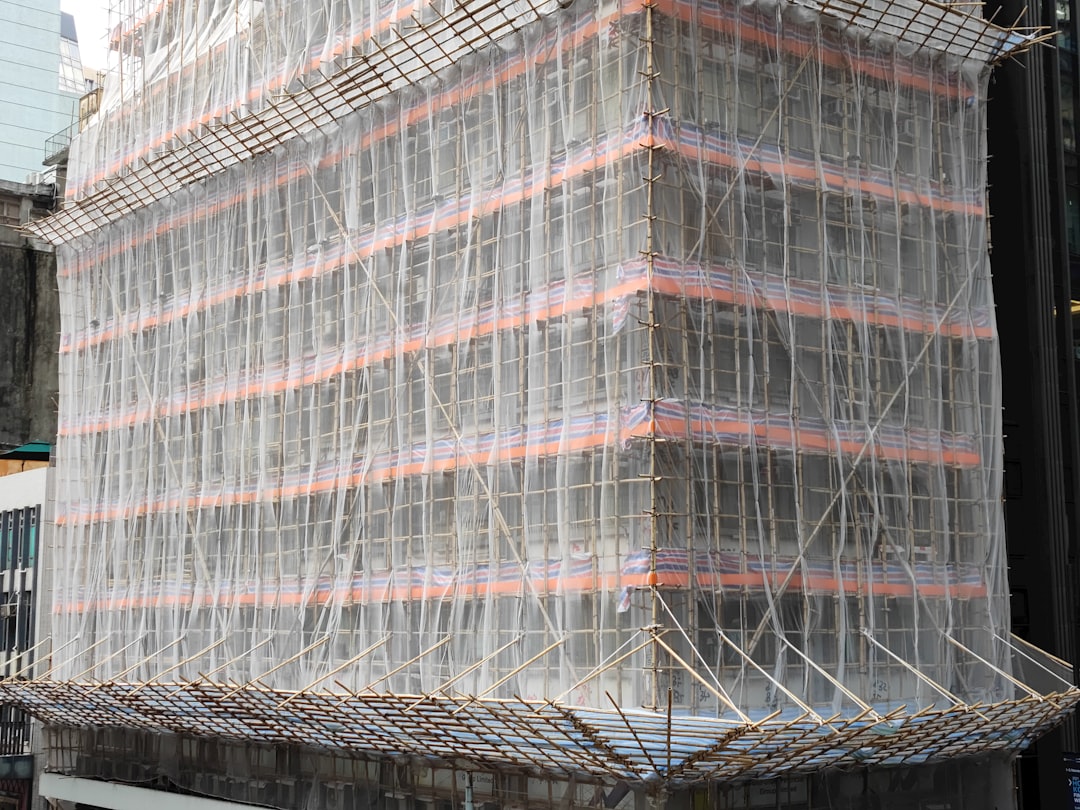Understanding Labor Cost to Install Batt Insulation in Residential Homes
For construction professionals, understanding the labor cost to install batt insulation is crucial for accurate project bidding. The cost typically ranges from $0.55 to $0.95 per square foot, depending on factors like regional wage rates and project complexity. This guide provides insights into the variables affecting these costs and how to optimize them using advanced tools.
Key Factors Influencing Labor Costs
- Square footage and cavity depth: Larger areas or thicker walls require more crew hours.
- Accessibility: Open studs in new builds are quicker to insulate than tight retrofits.
- Ceiling height: High ceilings necessitate scaffolding, increasing labor time.
- Regional wage rates: Costs vary significantly between locations, such as Fort Worth and Seattle.
- Project complexity: Features like rim joists and corners add to labor time.
Typical Residential Labor Rates
Professional crews charge between $0.55 and $0.95 per square foot. CountBricks provides real-time estimates by integrating local wage data and demand trends.
How CountBricks Calculates Your Exact Cost
- Voice input: Describe your project needs to our AI.
- Blueprint analysis: Upload plans for automated cavity tracing.
- Real-time pricing: Material and labor costs update nightly.
- Auto-generated line items: Instantly see labor hours and other costs.
- Ready-to-send quote: Export a professional PDF or sync with your team.
Hidden Costs to Consider
- Air sealing: Additional crew time for caulking and fire-blocking.
- Safety measures: Equipment for attic work or existing homes.
- Waste factor: Plan for 5-10% extra materials for irregular spaces.
- Inspection delays: Potential for re-inspection if coverage is inconsistent.
Reducing Labor Hours Efficiently
- Pre-stage materials: Deliver batts to each room in advance.
- Combine trades: Schedule insulation right after rough-in.
- Use appropriate batt widths: Match products to stud spacing to minimize trimming.
- Train on proper compression: Avoid over-stuffing to maintain R-value.
CountBricks Case Study: 2,400 sq ft Custom Home
In a Dallas project, CountBricks estimated labor costs for R-19 walls and R-30 attic insulation. The AI-generated report showed 68 crew-hours at a $38.50/hr rate, totaling $2,618. By optimizing material handling, the builder saved 12% on labor.
DIY vs. Professional Installation
While DIY might seem cost-effective, professional crews can insulate 1,000 sq ft per day compared to 250-400 sq ft for DIY. Proper tools and techniques are essential to maintain insulation efficiency.
Why Choose CountBricks for Batt Insulation Estimates?
- Accuracy: Less than 2% variance between estimates and final invoices.
- Speed: Generate quotes in under five minutes.
- Transparency: Editable labor assumptions for contractors.
- Integration: Seamless data transfer to invoicing or scheduling tools.
Getting Started
Visit CountBricks.com to start estimating your labor costs for batt insulation. Our AI tools simplify the process, allowing you to focus on delivering quality results.
Advanced Tips to Sharpen Your Batt Insulation Bids
For construction professionals looking to optimize their bids, CountBricks offers advanced strategies to reduce labor costs without compromising quality. Here are some expert tips from our field audits.
Five Pro Tips from CountBricks Field Audits
- Batch cuts on staging tables: Pre-cutting batts for common stud heights can save up to 18% in install time.
- Mark obstruction zones: Use digital plans to highlight areas needing pre-trimmed pieces.
- Leverage off-peak scheduling: Mid-week insulation can reduce subcontractor premiums by 5-7%.
- Implement two-stage inspections: Early checks catch gaps, reducing rework hours.
- Bundle with vapor retarder install: Combining tasks reduces setup time and increases efficiency.
Case Highlight: Retro-Fit Bungalow in Austin
A 1,100 sq ft bungalow required wall and attic insulation. By using high-density R-15 batts, CountBricks reduced labor from 42 to 31 crew-hours, saving $418 in costs.
Next Steps with CountBricks
- Open a free account at CountBricks.com.
- Upload your floor plan.
- Describe your project scope.
- Review and adjust the AI-generated labor breakdown.
With CountBricks, you can quickly generate accurate, professional proposals ready for client approval.

